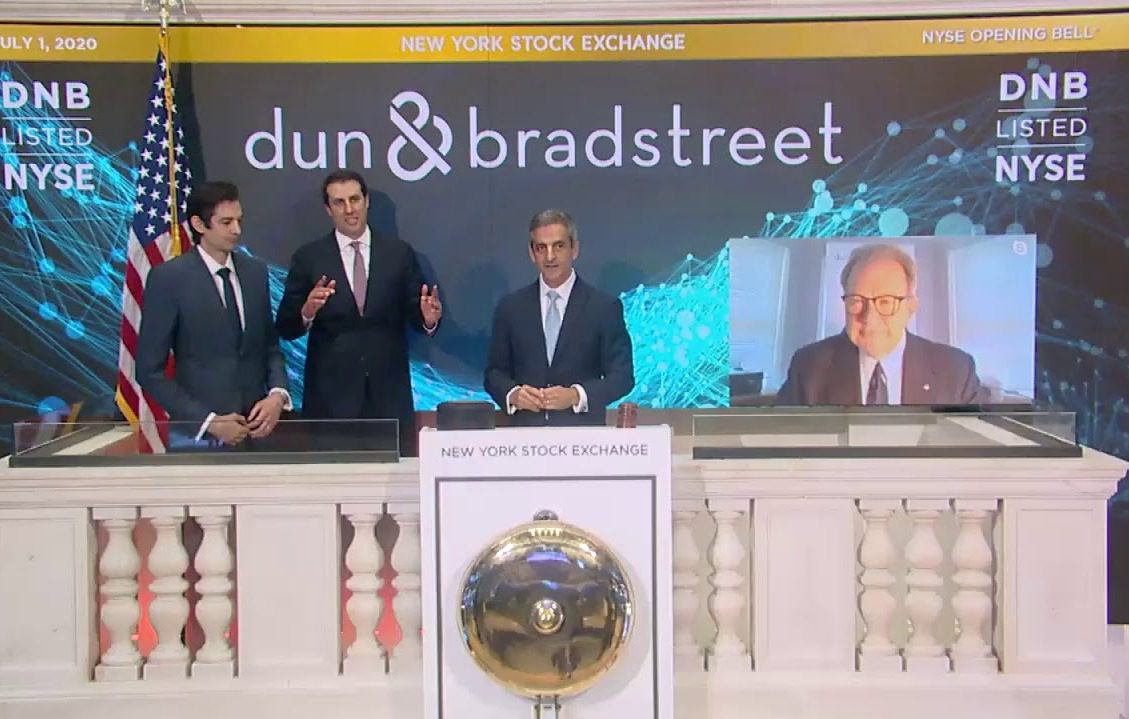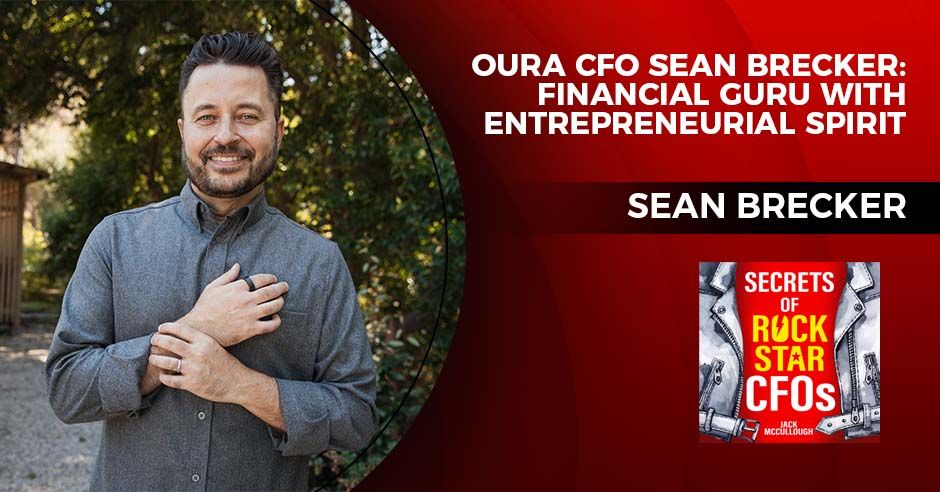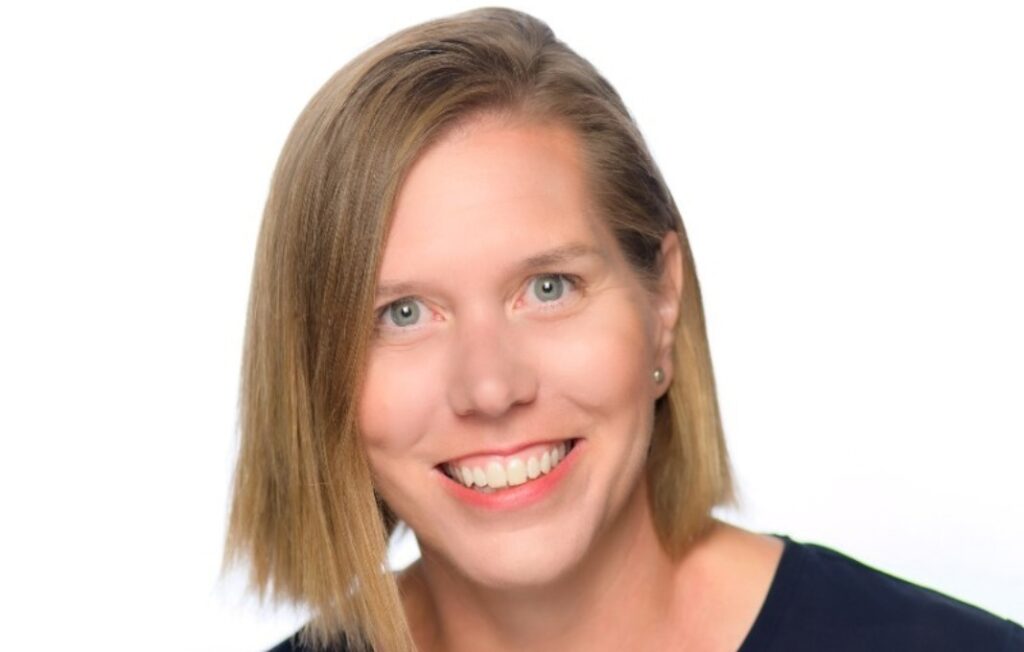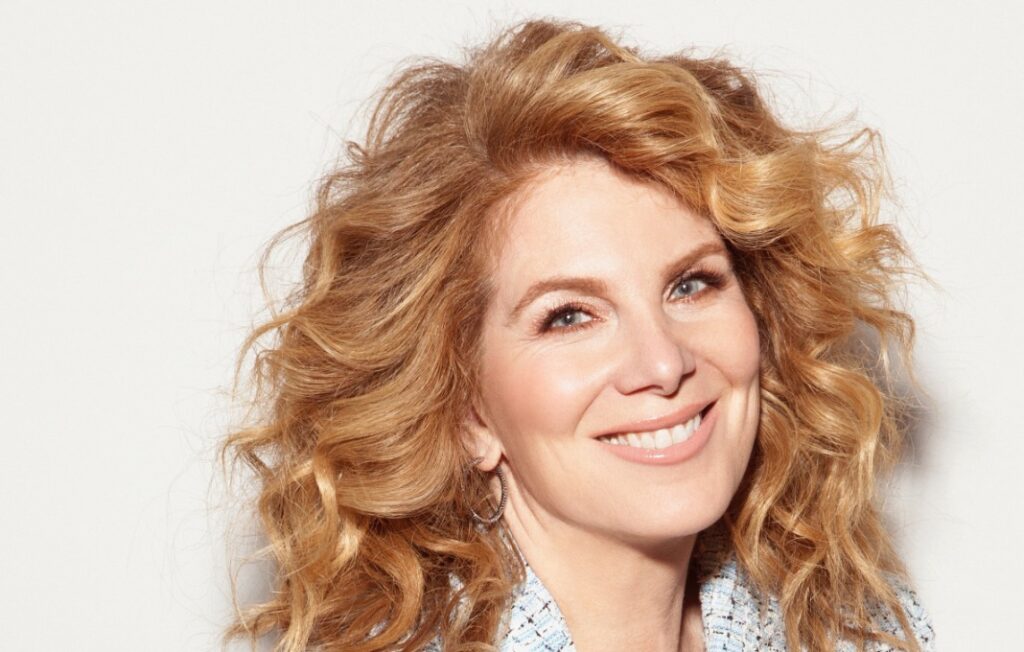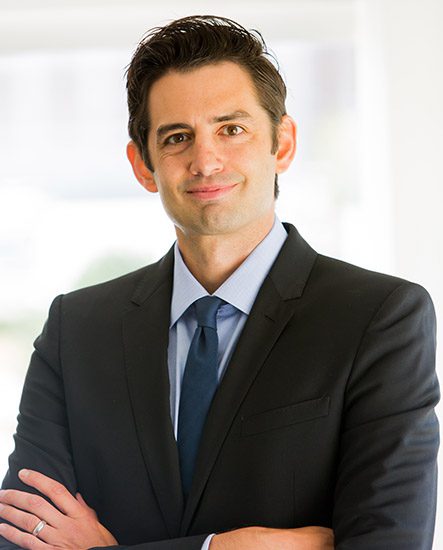 Dun & Bradstreet was well into the initial public offering process by the time the first evidence of a health crisis surfaced in China. As the virus spread, the plunging markets put most IPOs on ice; but D&B, the commercial data and analytics company, never hit the brakes because the hunkered-down climate created, rather than erased, opportunity for what CFO Bryan Hipsher calls “a defensible growth” company.
Dun & Bradstreet was well into the initial public offering process by the time the first evidence of a health crisis surfaced in China. As the virus spread, the plunging markets put most IPOs on ice; but D&B, the commercial data and analytics company, never hit the brakes because the hunkered-down climate created, rather than erased, opportunity for what CFO Bryan Hipsher calls “a defensible growth” company.
“On the finance and risk side, what we call the ‘defensive side’ of the business, it’s very sticky, very critical,” he says. “When you’re thinking about supply chain, about your customers, vendors, etc., data becomes that much more valuable in times of uncertainty.” The pandemic, which shut down lead generation at in-person events, has added demand on the sales and marketing side, as well, Hipsher reports. “Long-term, we’re definitely seeing this be even more of an instigator towards a data- and analytics-driven business model.”
D&B’s successful June IPO raised $1.7 billion, with the company selling more stock than expected above its indicated price range. That allowed the company to retire some very expensive debt and free up capital for investment in growth.
As Hipsher explains in the following interview, the process of going public in 2020 was a very different experience than he had as No. 2 at Black Knight Financial Services, which went through it in 2015. He spoke with StrategicCFO360 about the experience and offered advice for CFOs planning to go to market.
So how did the D&B IPO process compare with Black Knight?
A couple things. First, the meetings, right? The other day, I was joking about the term ‘road show’—there is no ‘road’ for the ‘show’ to be on in this environment. So from that perspective, it definitely made it imperative that we were crisp and transparent in describing the business. You need to be cognizant with how you’re delivering [information] and what words you’re using, because in some circumstances you’re on just the telephone.
The benefit we had is that our CEO, Anthony Jabbour, and our chairman, Bill Foley, and myself, we had all been part of public companies and we had prior relationships with a lot of analysts and investors that we were going to market with for Dun & Bradstreet. So that was a big benefit for us, that this wasn’t our first conversation with them, so we were over the trust barrier.
It also created a lot of efficiency. Frankly, what was a seven-day road show became a four-day roadshow. And when you’re going on these traditional road shows, there’s a lot of travel involved—lots of planes, trains and automobiles. What was really useful about this process was it was all zoom, all digital. So, no ducking into an SUV to fight through Midtown traffic at four o’clock to get to your next meeting. It was the kind of thing where you could literally have 10, 12, 13, 14 meetings per day, because there was no real gap in between. From that perspective, I found it to be very efficient and, in some ways, that much more effective.
What were the downsides?
So in my role and in investor relations previously, I’m the one who gets to choose where we go to dinner. So that was definitely a downside. But aside from that, the in-person interaction, the body language, the few minutes you may have—before the meeting when you first enter the room—to chat a little bit about current events or get to know each other a little bit more, that level of personal interaction is missing. But again, video does help a lot. We were quite fortunate that we’ve had these types of advancements over the last few years, and the fact that our tech team did such a nice job in enabling our switch from working in the office to work from home.
How has your day-to-day life changed now that you’re CFO of a public company, and particularly in this crazy climate?
The thing that was interesting about where we were previously is, because we had some public debt, we were already in the relative cadence of having quarterly earnings calls. So that has stepped up a bit. Clearly when you’re on the equity side, there’s just a higher level of scrutiny from that perspective. But in the end, our focus hasn’t changed. Our focus is on results and being engaged in the business day to day.
From my perspective, you can kind of have two ways to approach investor relations: One is, you can be the news reporter, where you’re gathering a lot of information, preparing for the last week and then speaking to it on an open call. The other approach, which I take—and that I encourage my team to take— is to really be involved and engaged in the day-to-day operating activities of the business. Because we always say that the numbers don’t just show up on the page, right? We’re developing new product, we’re marketing that product, we’re selling that product, we’re delivering that product. If you have that kind of day-to-day perspective, the earnings calls, while maybe [needing] a little bit more preparation, you’re ready to answer those questions and prepared to describe and discuss what you’re doing and where we’re going.
In your view, has the CFO role become more strategic? Are you deeply engaged with overall strategy for the business?
Yes, absolutely. You can call it the consigliere to the CEO. If you think about it like a pyramid, the base foundation is having accurate and compliant numbers, which is table stakes. The next layer is about the predictive nature of the business, so understanding forecasting, budgeting, planning. The top layer of the pyramid is strategic direction and that’s quite encompassing, right? Because from a capital allocation perspective, that is something that is really driving and supporting the overall strategy of the company.
[At D&B], we talk first and foremost about investing in organic growth. That’s very key. De-leveraging the business—the IPO gave us a fantastic opportunity to really remove what was high, very expensive debt from our structure, which frees up that cash capital to go towards investments, whether it’s organic or inorganic growth. I think you’re absolutely right that the the role in of itself is a very strategic role. It’s much more than the accounting side or the FDnA side. It’s about instrumenting the business and understanding the business where you can give guidance to say, ‘This is where we need to be investing. This is really where the puck is going as we move forward.’ So I would definitely say it’s a strategic partnership with the CEO and COO of the organization.
How often do you meet with the CEO?
Anthony and I meet on a daily basis. With Steve Daffron, our president, it’s also multiple times throughout the day. So we are very tightly engaged, and I’ll tell you, that’s the other interesting piece of this digital environment. In some circumstances, because you are constantly available, the cadence of our interaction may have frankly increased from when we were physically located in the same building. That tempo, that cadence, that availability, those are all kind of—well, you could call them side benefits or side detriments, depending on how you think about your work-life balance. But we’re in constant communication.
And what’s interesting too, is that I’m meeting with Anthony and Steve as a full leadership team, with the heads of product, the heads of technology, the heads of analytics, we’re all meeting together. We call it the ‘five o’clock kitchen cabinet’ to discuss key pertinent topics of where we’re moving from a delivery perspective, a product perspective, how we’re performing from a financial perspective. And then I trickle that down into my organization. So my direct reports, we all have a weekly stand-up meeting to talk about exactly what’s going on. We’re going through a technology transformation ourselves, which is making us better, faster, stronger and making sure that we have modern tools to support a modern finance organization.
Your IPO has been called one of the hottest tech IPOs of the year—but do you see yourselves as a tech company? Where are you in your transformation?
When we think about the transformation, we really laid out five key components. First was realigning leadership and organizational realignment. Second, optimizing our go-to-market and client service strategies. Then the remaining three components are simplifying and scaling our technology; expanding and enhancing our data; and then really strengthening the analytics and insights. That’s an evergreen effort, an evolving process.
So what I would say is that the reorganization was really completed relatively early in the optimization of the go-to market strategy. So really what we evolved from was a highly, highly matrixed organization to one where we had more of a business unit construct that had accountability driven from the client all the way through the general ledger. Before, the only person who had ultimate responsibility was the CEO, and frankly, that is not manageable and not tenable. So we kind of bifurcated down into finance and risk, and sales and marketing, [plus] a lot of tactical stuff on how we were compensating and some of the things that were not incenting the right behaviors—we changed a lot of that and that’s driven some of the momentum in initial growth that we saw that allowed us to create that momentum that led into a very successful IPO.
Regarding whether we’re a tech company, let’s be honest, any company out there who’s not a technology company is a dying company. So, yes. Predominantly we are selling data and analytics, but a lot of times it’s being fed through either a graphical user interface, an API and less and less through the batch delivery mechanism. So that’s kind of the old [model] we would describe as ‘the big yellow dump truck’ that consolidated a bunch of data, backed it up to your front door and gave it to you to sort through.
The evolution is toward more of a data-as-a-service (DaaS) company or a software-as-a-service (SaaS) company. We are deeply embedded and ingrained within our clients’ workflows and especially their technology platforms in some of the most mission-critical decisions they’re doing on a daily basis. I think one of the things that D&B, frankly, doesn’t get enough credit for is the fact that it’s not just the finance and risk business. Yes, it is very strong and market leading from that perspective. But we have a sales and marketing business that makes up roughly 40% of our revenue; that’s doing master data, creating lead generation that has a very deep amount of contact data, intent data, so all kinds of use cases that reach into the sales and marketing space.
And what’s really beautiful about the organization is all of that is tied through the D-U-N-S number, which is, in essence, the fingerprint or social security number of 400 million businesses globally. I had this conversation with a software provider the other day about the power of the parent-child relationship that the D-U-N-S number creates. We were talking about legal entity use cases and ultimate beneficial ownership, and he was like, ‘Wait a minute. So you can tie through all of, for instance, for an IBM, right through their global enterprises, all the way up to the headquarters?’ I was like, ‘Yeah, absolutely.’ And by the way, all of the acquisitions they’ve done, all the evolution they’ve done over the past 150 years, we have all of that longitudinal data that is very, very valuable when you think about the predictive nature of those attributes. So yeah, from that perspective, we very much have the attributes of a DaaS or SaaS company.
Any parting advice for CFO of a company that is thinking about going public?
The parting advice is to be flexible. The person on the other side of the camera is also a human being, and a potential investor. And so when children run up or cats and dogs run up and you’re in the middle of your big crescendo of your presentation don’t let those types of things distract you. Because ultimately, we’re all in that balance of these different factors. You’re not in a board room all by yourself on the 50th floor of a huge skyscraper. So being flexible and being understanding from that perspective would be my guidance.


